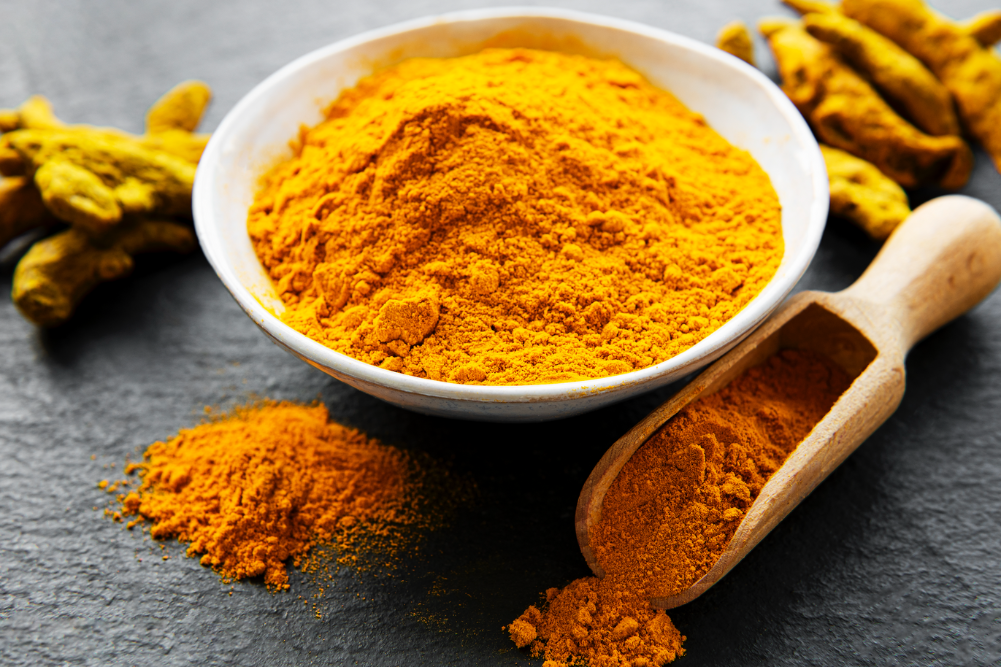Is high-fat ice cream tastier?
Ice cream is almost everyone’s favourite dessert. The creamier the ice cream is, the better it tastes.
Or so you think.
Food scientists from Penn State University found that people cannot generally tell the difference between creamier ice creams and those that are less creamy – even ice cream connoisseurs.
Fat is the most expensive bulk ingredient in an ice cream. It contributes not only to texture, mouth feel and flavour but also provides structure to ice cream.
The scientists also reported that participant’s taste preference or overall liking for ice cream did not change significantly when fat content dropped.
The scientists decided to evaluate the effect of replacing fat with maltodextrin (MD) on select physical properties of ice cream and on consumer acceptability.
They recruited 292 regular ice cream consumers to take part in blind test trials to determine the acceptability of ice cream when various levels of fat was changed in fresh ice cream and to see if they could tell the difference.
The fat levels were changed by adjusting the levels of cream and by adding maltodextrin – a tasteless, starch-based material which is used to bulk up food products like frozen desserts.
The researchers consider MD to not be a healthy fat replacement alternative.
The participants were not able to distinguish a 2 per cent difference in fat levels in two vanilla ice cream samples as long as the samples were in the 6 to 12 percent fat-level range.
They were able to detect a 4 per cent difference between ice creams with fat levels between 6 to 10 per cent, but they could not detect a 4 per cent fat difference in ice creams between 8 to 12 per cent fat.
Overall there was no difference in consumer acceptability when changing fat content within certain levels.
The scientists also reported that participant’s taste preference or overall liking for ice cream did not change significantly when fat content dropped – for example from 14 per cent to 6 per cent.
As during storage, ice crystals can affect the quality of the ice cream, the researchers also studied stored samples and found no significant difference in preference after storage.
The results of this study may pose a challenge for marketing which suggests that ice cream with more fat levels are of higher quality and therefore more tastier and may give ice cream manufacturers more scope to control costs by adjusting their ice cream recipe and fat content, while making products for consumers who have dietary restrictions without sacrificing taste.
And for us all – ice cream will always be ice cream with more fat or less fat – a creamy cold delicious dessert we can indulge in anytime.
Source: Journal of Dairy Science








